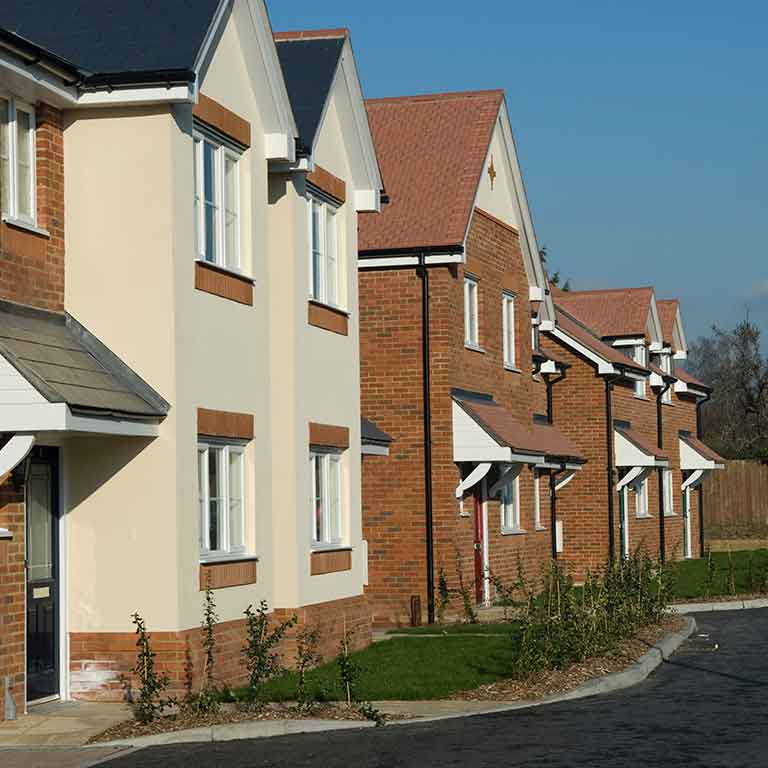
There are undoubtedly a number of welcome proposals in the green paper – but when it comes to boosting the supply of genuinely affordable homes, many commentators agree that it’s lacking the ambition we need.
It’s encouraging to see that the government will be looking at its £1 billion council borrowing programme with a view to considering whether further reforms are needed.
However, as my colleague John Perry has argued, it would be more effective to allow all authorities which want and need to build, not just councils in areas with higher than average rents, to bid under the scheme to raise borrowing caps selectively in 2019/20 – or in fact to drop the caps altogether.
The government also used the green paper to drop the proposal to force councils to sell high-value vacant homes to fund the extension of right to buy to housing associations (although it’s unclear now how that extension will be funded).
This is absolutely the right decision – our research showed this could have led to the loss of almost 7,000 homes a year. But while it’s hugely welcome, it won’t actually help more homes get built.
The consultation on giving local authorities more flexibility over right to buy receipts also appears to be focused on stemming the loss of affordable rented homes, rather than pushing the significant increase in supply we so desperately need.
CIH has argued that we need to suspend the right to buy altogether, but the government is clearly not minded to go that far.
Instead, the consultation will explore giving councils more time to use the receipts they already hold and allowing them to use a higher proportion to fund replacement homes.
Currently, local authorities are required to spend receipts within three years, and to use them to fund no more than 30% of the cost of a replacement home.
These restrictions make it incredibly difficult for councils to replace the homes sold under right to buy – since the discounts were increased in April 2012 66,647 homes have been sold, while 17,911 have been started or acquired to replace them.
‘I’m not sure ministers really need a consultation to tell them how to improve the situation – CIH and other organisations have long been arguing that councils should be allowed to keep 100% of right to buy receipts’
I’m not sure ministers really need a consultation to tell them how to improve the situation – CIH and other organisations have long been arguing that councils should be allowed to keep 100% of right to buy receipts (they currently have to hand some over to the Treasury), and that they should be given more time to spend them and allowed to use a higher proportion to fund the cost of replacement homes.
The consultation will also look at whether councils should be given greater flexibility over the tenure of replacements – to include shared ownership as well as affordable rent and social rent – and whether the commitment that every additional home sold (as a result of the increase in discounts in 2012) is replaced on a one-for-one basis nationally should be reformed (it has in fact been missed for the past two quarters).
It asks: “Should the focus be on a wider measurement of the net increase in the supply of all social and affordable housing instead of the current measurement of additional homes sold and replaced under the right to buy?”
The current measure clearly isn’t right – a wider measurement in terms of who is providing the homes (i.e. councils and housing associations) might be better.
But for many people, the only truly affordable option is social rent – if homes for social rent are being lost, it’s absolutely crucial that they are replaced on the same basis.
The government should not be lumping social rent, affordable rent and shared ownership together for this measurement – we need to be measuring what is happening to the number of social rented homes specifically.




















